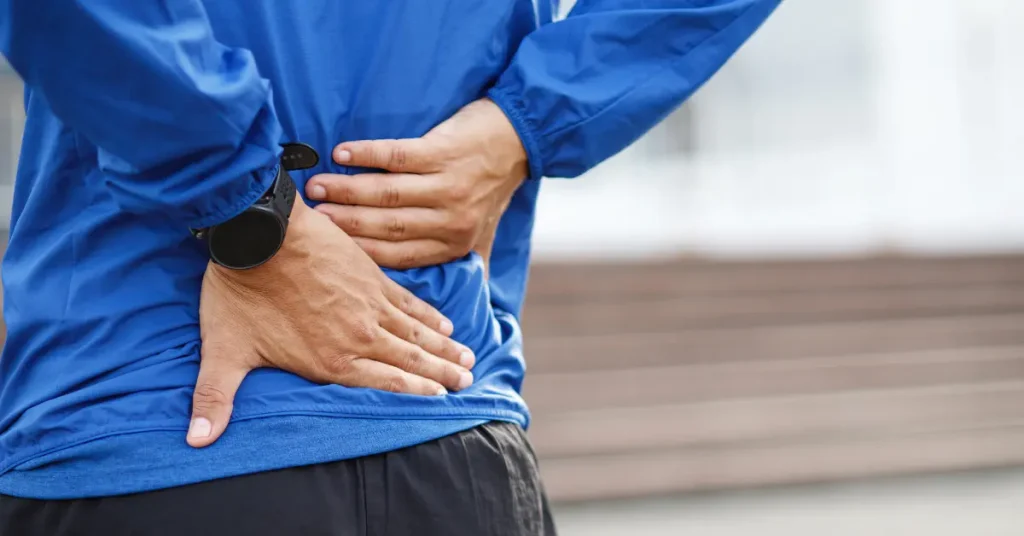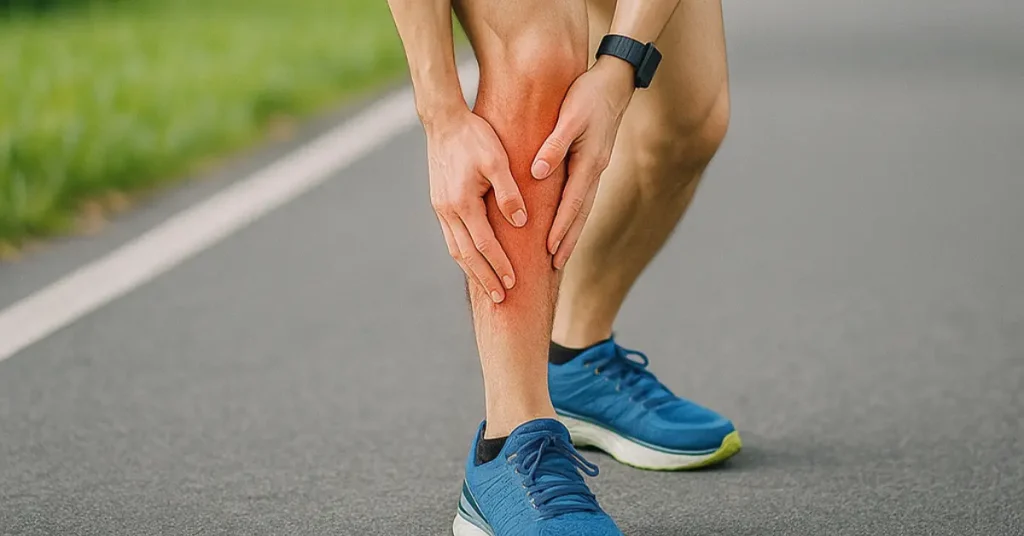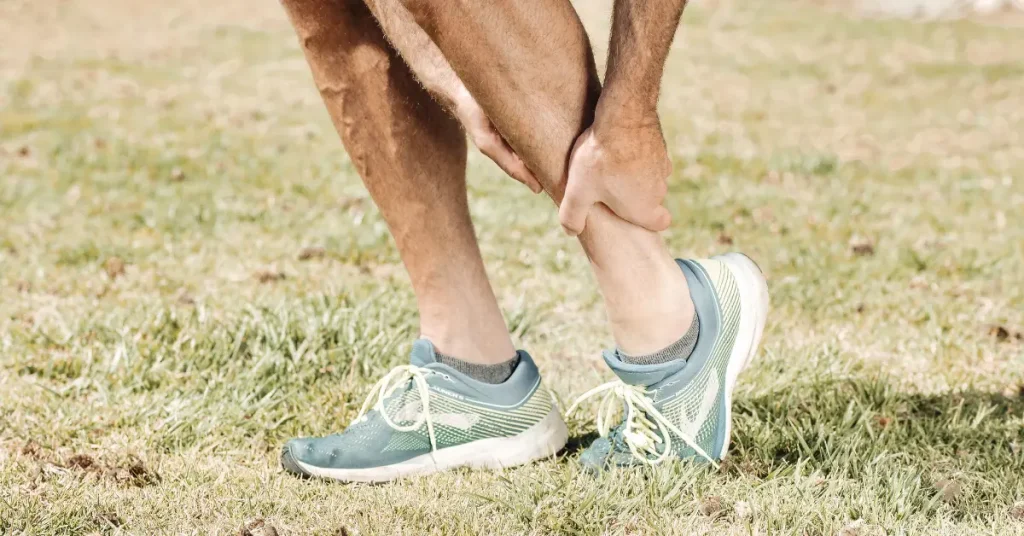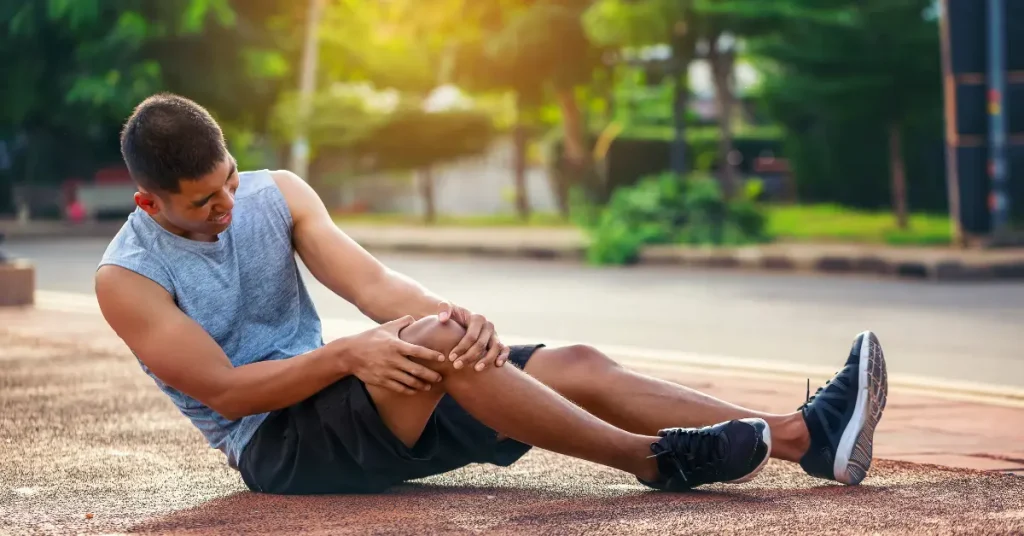Are you experiencing troublesome lower back pain that just won’t quit? Rather than opting for surgery, there are a multitude of easy, tested solutions to eliminate pain at home and get you on the go comfortably.
Here, we begin at Dr. Ahamed’s APPLE Clinic gentle activity, wise habits, and taking care of yourself. These natural solutions will bring relief to most individuals without needing invasive procedures.
What are Some of the Possible Causes of Lower Back Pain?
Over 80% of people may experience lower pain all over the world. There exists an infinite number of possible causes for lower back pain: muscle strain, slipped disc, arthritis, and sciatica. Other causes could be bad posture, sitting for prolonged periods, and improper lifting. If diagnosed late, conditions such as arthritis, cervical spondylosis, and disc bulges could aggravate the pain further.
Therefore, one has to find out how the pain started because treatment is given accordingly, and more importantly, the cause may be prevented from recurring.
Some Effective Home Remedies for Lower Back Pain
1. Move Wisely Even When It Hurts
More than sleeping in bed all day when it’s painful, gentle movement works. Walk slowly, stretch, swim or practice gentle yoga. These exercises make your back strong and supple and decrease stiffness.
That being said, take a day or two off if pain is severe, but don’t rest for more than 48 hours. Experts stress movement as part of the recovery process.
2. Use Ice, Then Heat
Begin with ice packs to your lower back pain for 15 to 20 minutes at a time to allow swelling to subside in the initial few days. Once past 48 hours, use heat, like a warm compress, to loosen muscles and promote circulation.
3. Try Gentle Stretching & Building
Gentle stretches support your back and core muscles, and assist in lessening pain as well as building resistance. Core strengthening, or pilates, works well. Some experts recommend these methods to alleviate chronic pain.
4. Massage or Hands-On Support
A gentle massage will ease kinked muscles and ease pain. Others find relief with physiotherapy or chiropractic treatment, so long as they are provided by qualified practitioners.
5. Consider Alternative Therapies
Acupuncture, biofeedback, laser therapy, and TENS (electrical nerve stimulation) are alternatives that have relieved chronic lower back pain without surgery. They are low-risk modalities that are worth considering with the right practitioner.
6. Mind-Body Methods
Pain wears you down with both physical and emotional dimensions. Mindfulness, meditation, and CBT-related approaches are methods of controlling emotional stress and lessening pain. A 2018 study proved long-term relief and less need for painkillers for over a year in over 700 people.
7. Be Careful with Medications
Sometimes, over-the-counter help can do the job. NSAIDs like ibuprofen and muscle relaxants will relieve inflammation and ease the tightness. Sometimes the doctor might prescribe small doses of antidepressants or painkillers for the nerves. Opioids are not advisable for chronic usage.
8. Lifestyle & Posture Improvements
Simpler things may make a huge difference:
- Sit up straight and stand regularly; don’t sit for more than 30 minutes at a time.
- Stay at a healthy weight.
- Quit smoking and deal with stress.
- Maintain your work and sleeping environment.
Dr. Ahamed’s APPLE Clinic invites everyone to integrate these habits into daily life to keep healing sustainable.
When to Visit Dr. Ahamed’s APPLE Clinic if Home Remedies Won’t Work?
If home remedies are ineffective after a week or two, or if you have:
- Radiating pain into your legs
- Bladder or bowel control loss
- Increasing weakness and numbness in your back
- Redness, fever, or tenderness in your back
Conclusion
You don’t need to resort to surgery for lower back pain. With regular, intelligent self-care and professional guidance if necessary, you can relieve pain and move freely again.
At Dr. Ahamed’s APPLE Clinic in Chennai, we emphasise diagnosis, education, and holistic healing.
FAQs
Does back pain get better by itself?
Often yes, particularly if it’s mild and not due to serious trauma. Keeping active and applying heat/ice can hasten recovery.
Is bed rest a good thing?
Only for 1–2 days at most. Then, light movement benefits over rest. Prolonged rest will probably increase stiffness.
When is stretching painful?
Begin slowly. If moving makes pain worse, stop. A supervised session can determine safe stretches.
Do massages work?
Yes, particularly for relieving muscle tension. However, over half of the routine treatments used for back pain have little strong evidence. Use proven methods.
Is mindfulness effective?
Yes. Both meditation and CBT have shown effectiveness in reducing pain and improving the mood levels of a patient dealing with pain, especially when it is a chronic form of pain.
When should I seek professional treatment?
If pain lasts longer than two weeks or comes with numbness, weakness, or problems with urination, see a physiotherapist.




